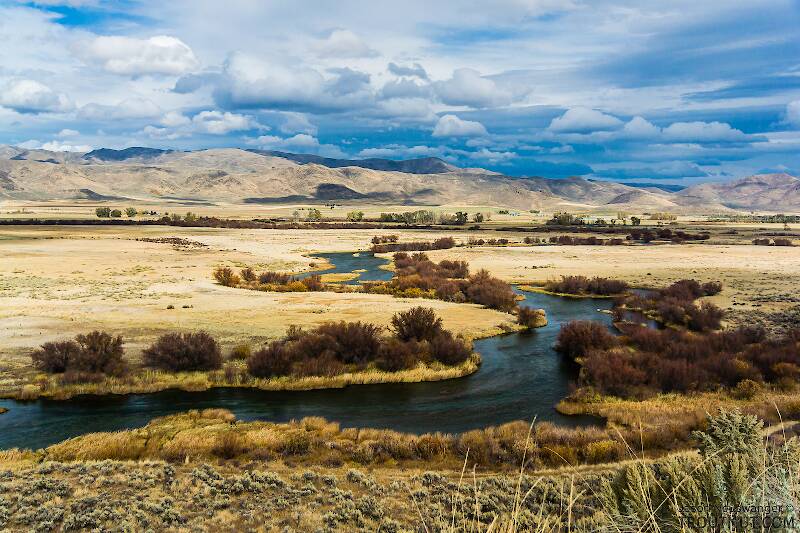
Blue-winged Olives
Baetis
Tiny Baetis mayflies are perhaps the most commonly encountered and imitated by anglers on all American trout streams due to their great abundance, widespread distribution, and trout-friendly emergence habits.


Mayfly Species Leucrocuta maculipennis
Species Range
Physical description
Most physical descriptions on Troutnut are direct or slightly edited quotes from the original scientific sources describing or updating the species, although there may be errors in copying them to this website. Such descriptions aren't always definitive, because species often turn out to be more variable than the original describers observed. In some cases, only a single specimen was described! However, they are useful starting points.
Male Spinner
Wing length: 6.5-8 mm
A pale yellowish white species; mesonotum ferruginous; cross veins of costal border thickened and dark-margined; genitalia of the maculipennis type (see fig. 96).
Vertex of head ferruginous; bases of ocelli and filament of antenna dusky. Thorax ferruginous above, pleura with dark streak above leg bases, as in others of this group. Legs whitish, femora yellowish, with a short fuscous streak apically on ventral edge; tips of fore tibiae and all the claws fuscous. Wings hyaline; veins “fine and dusky, cross veins coarse and black” (Walsh), except in hind wing and cubito-anal region of fore wing, where they are wholly pale. Costal and subcostal cross veins of fore wing thickened, some margined and appearing to form dark spots. “At the base about 4 at the usual distance, the first in both rows and the next three in the costal row heavily bordered with black, then an open space, then on the middle of the costa a group of about 3 cross veins close together and bordered with black, then a space with fewer cross veins than usual, then at three-fourths the distance to the tip another similar group of 4 or 5 similarly bordered.”
Basal abdominal tergites pale yellow, with no dark markings; “the terminal 2/3 of joint 6, the whole of 7 and 8 and the extreme base of 9, piceous” (Walsh); tergite10 somewhat paler. Sternites pale yellowish white. Forceps and tails whitish. Two subapical spines on each division of penes, near inner margin. The lack of dark posterior margins on the abdominal tergites distinguishes this species from the allied H. juno (now a synonym of Leucrocuta juno), H. walshi (now a synonym of Leucrocuta walshi), and H. thetis (now a synonym of Leucrocuta thetis).
Start a Discussion of Leucrocuta maculipennis
References
- Needham, James G., Jay R. Traver, and Yin-Chi Hsu. 1935. The Biology of Mayflies. Comstock Publishing Company, Inc.
Mayfly Species Leucrocuta maculipennis
Species Range
Resources
- NatureServe
- Integrated Taxonomic Information System
- Global Biodiversity Information Facility
- Described by Walsh (1863)

